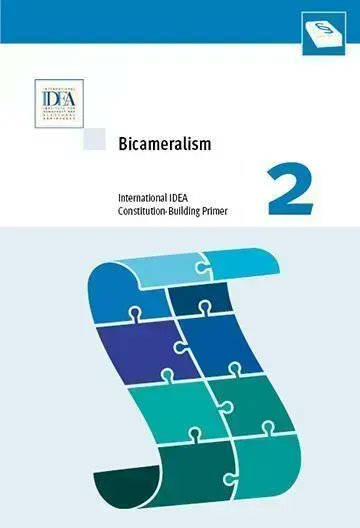Asymmetric bicameralism is a form of government in which two legislative chambers or houses have different powers, responsibilities, or compositions. This system is often used in federal systems, where one house represents the states or regions, and the other represents the population as a whole.
One example of asymmetric bicameralism can be found in the United States, where the Senate and the House of Representatives have different powers and responsibilities. The Senate is made up of two senators from each state, regardless of population, while the House of Representatives is based on population, with each state receiving a certain number of representatives based on its population. The Senate is considered to be the more powerful of the two houses, as it has the power to approve or reject nominations for federal judges and executive branch officials, and it must approve any legislation before it becomes law.
Another example of asymmetric bicameralism can be found in the Australian federal system, where the Senate and the House of Representatives also have different powers and responsibilities. The Senate represents the states and territories, while the House of Representatives represents the population as a whole. The Senate has the power to block or amend legislation, while the House of Representatives has the power to initiate legislation.
Asymmetric bicameralism can also be found in other countries, such as Canada, India, and Germany. In each of these countries, the two houses have different powers and responsibilities, and often represent different interests within the country.
There are both advantages and disadvantages to asymmetric bicameralism. One advantage is that it allows for a more diverse representation of interests within the government, as each house represents different groups or regions. This can help to prevent the domination of one group or region over others. It also allows for a system of checks and balances, as one house can block or amend legislation proposed by the other.
However, asymmetric bicameralism can also lead to delays and stalemates in the legislative process, as each house must agree on legislation before it can become law. It can also be more difficult for the general public to understand the different powers and responsibilities of each house, which can lead to confusion and frustration.
Overall, asymmetric bicameralism is a form of government that allows for a diverse representation of interests and a system of checks and balances, but it can also lead to delays and confusion in the legislative process.






